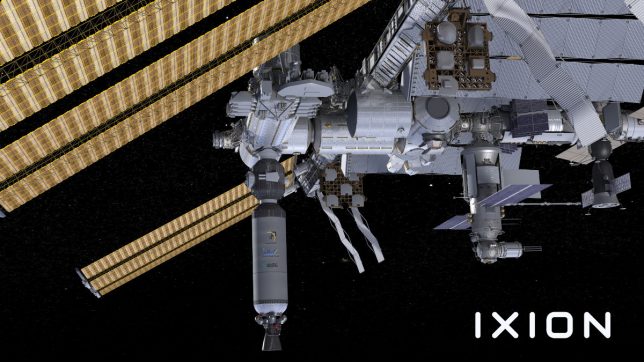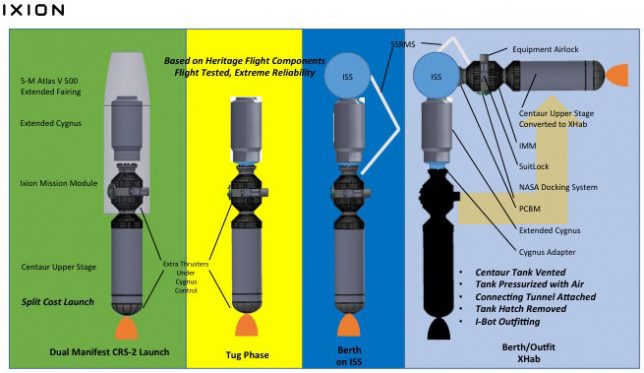It’s difficult to stand out when creating a time-lapse these days—from the storm-lapses of Mike Oblinski, to the ‘flow-motion’ hyperlapses of Rob Whitworth, to the award-winning work of Michael Shainblum, it seems like it’s all been done. Until, that is, someone comes up with something like ‘Low Earth Orbit.’
This drone-lapse from Folegandros Island, Greece was captured by Hong Kong-based production company Visual Suspect using a simple ‘orbital’ technique; translation: they flew a drone in massive circles while recording time-lapse.
The results look like something out of Google Earth, but instead of static low-res images from orbit, you have living landscapes captured in HD. Here’s an explanation of the “how” and “why” by the creators themselves:
Orbital drone movements are the ones with power to convert two dimensional images into dancing focal layers escaping out of the frame. We wanted to further explore the technique, with high altitude long orbits, along with ones very close to the ground, we call them “Orbital drone-lapses”. These shots are a mix of automatic and manual flights.
Articles: Digital Photography Review (dpreview.com)








You must be logged in to post a comment.